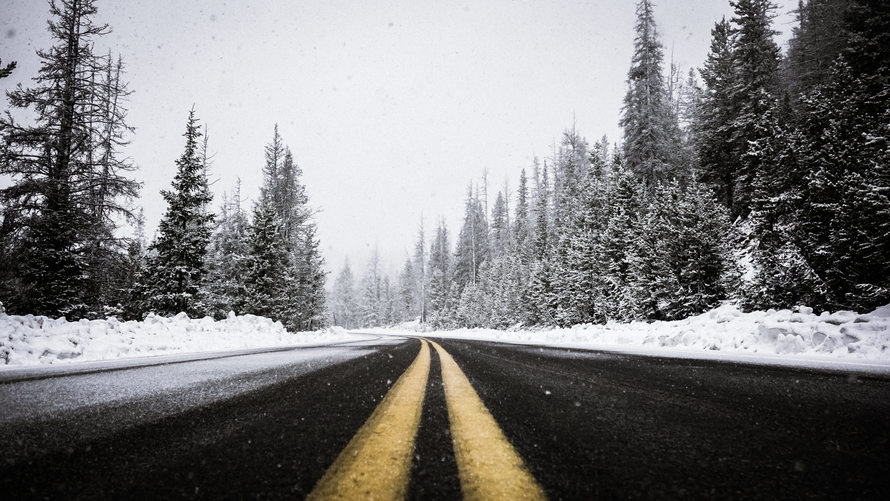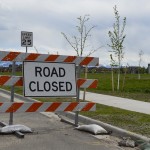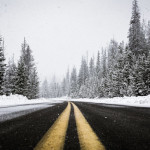Winter is well on its way and we have gathered 10 tips to keep you safe on Saskatchewan roads this season.
1. Create a ‘survival kit’
Being prepared for roadside trouble is the best thing you can do throughout the winter. Even if you may not need to use it, these are great things to have if you see a neighbour or traveller who’s been stuck on the roadside during the winter.
Your survival kit should include items such as: gloves, booster cables, socks, blankets, small shovel, windshield wiper fluid, first aid kit, torch, snow brush, candles, safety vest, water bottles and non-perishable energy foods.
Put the kit in the trunk of your car
2. Check weather and road conditions often
Choose the route you’ll take ahead of time and check the weather forecast to make sure you know what to expect before you hit the road. Below is a link to the Saskatchewan hotline for highway information.
http://hotline.gov.sk.ca/
3. Keep a safe distance behind snow plows
If you find yourself behind a snow plow, maintain a safe distance. Snow plow drivers do not always have the best visibility and can create clouds of snow that can reduce your visibility, as well.
4. Get winter tires
Saskatchewan has the climate and conditions to justify having a good set of winter tires. They provide better traction, handling and braking and can shorten your braking distance by as much as 25 per cent. All-season tires are not the same as winter tires. They lose their grip when the temperature dips below 7 C.
5. Slow down
This one might seem obvious — but it’s crucial. Drive according to the road conditions around you and DO NOT rely on the estimated time of arrival your GPS gives you.
6. Clear your vehicle
We know it can get frigidly cold and sometimes you might be in a rush, but it’s important to make sure you clean all windows, mirrors, lights and the roof. If you don’t fully clear your windows and mirrors, you’re inadvertently creating some potentially dangerous blind spots.
7. Keep a full gas tank
By keeping a full tank of gas during the winter months, It can help reduce moisture in the fuel system and also add extra weight to your vehicle to slow it down. In the event of bad weather, it’s always best to have extra fuel if needed.
8. Travel with a fully-charged cellphone
Keep your important contact information readily available when winter travelling.Always have your phone fully charged when leaving for a long road trip. Program the following numbers in your phone to check the current state of all provincial highways.
Regina area: (306) 787-7623.
Saskatoon area: (306) 933-8333.
9. Avoid using cruise control on slippery roads
It’s easy to lose control of your vehicle in bad weather, especially if you rely on cruise control. It’s best to drive without cruise control in winter conditions so that you can adjust your speed according to conditions. In the event of freezing rain or a blizzard — It’s best to avoid driving altogether.
10. Learn to recover from a skid
How your vehicle responds to a skid depends on whether or not it has rear wheel, front wheel or four wheel drive. If your vehicle has an anti-lock braking system (ABS), learn how to use it correctly.
Check out this Canadian Automobile Association (CAA) brochure to figure out what will work best for your vehicle.



